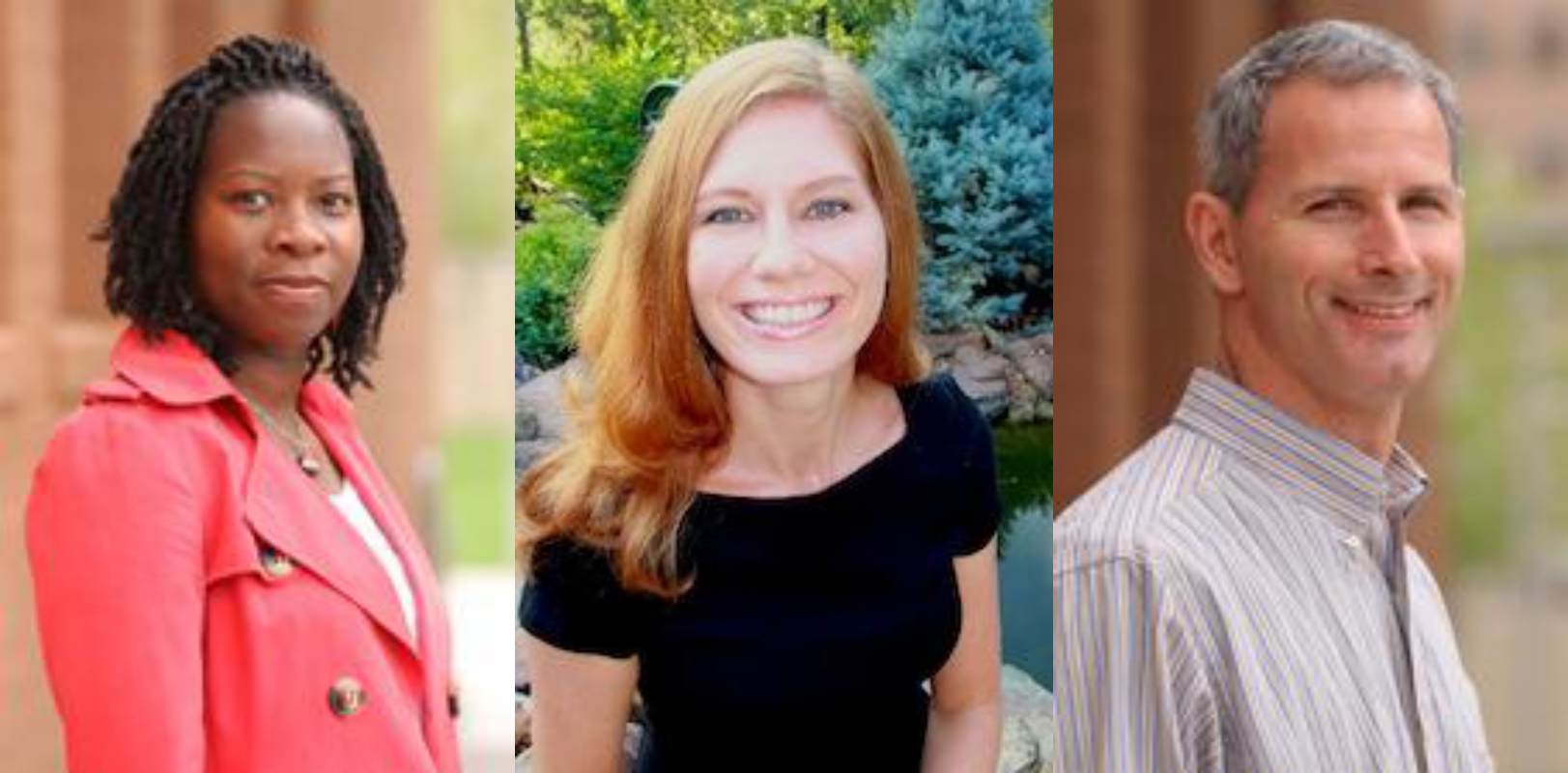Public service talks: focus on sustainable tourism, activism through art and water crisis leadership

Growing up on the Mediterranean island of Cyprus, Christine Buzinde saw the negative impact tourism had on her community.
“This was an area where tourism developed in such a way that the sea front was heavily developed,” says Buzinde. “Locals, to a great extent, did not have access to this public space.”
Buzinde, an associate professor in the ASU School of Community Resources and Development, says hotels in Cyprus utilized more resources than locals. She points to the rationing of water for local residents while hotels were allowed to freely use water for pools and fountains.
“I realized there are some substantial negative impacts,” Buzinde says. “But, we can not overlook the substantial financial benefits of tourism as well.”
Finding a way to balance the impact of tourism on communities is the focus of a presentation Buzinde will give at the Public Service Talks series April 21 at 6 p.m. on the ASU downtown Phoenix campus. Sponsored by the Watts College of Public Service and Community Solutions, the TED Talks style presentations showcase the passion and research of the students, researchers and professors that make up the College.
For Buzinde, the speaker series is an opportunity to discuss the role of the individual tourist in the equation.
“As global citizens, the onus is on each one of us to contribute to the sustainability of the different touristic destinations that we visit,” notes Buzinde. “ So my hope s that they are able to understand and appreciate their role –as small as they might perceive it to be--in bringing about social good, bringing about sustainable practices
Refugees turn to art, not arms in fight for recognition
Tiffanie Ord will attend the most remote film festival it the world later this month. It’s held in a refugee camp in the Western Sahara Desert in northern Algeria. She will be there to document how the Sahwari people have turned to art in their fight for self-determination.
“The idea to use art was just very interesting,” says Ord, a PhD student in the School of Community Resources and Development. “The Sahwari are located within the territorial boundaries of Algeria, but technically are a nation in exile.”
Desert nomads, the Sahrawi people were forced to relocate when Morocco and Mauritania determined borders in the mid 1970’s. Sahrawi leaders fought back, resisting Moroccan rule. A truce was reached in 1991, leaving tens of thousands of Sahwari people in refugee camps along the Algeria border.
Rather than take up arms, the Sahwari turned to paint, canvas, clay, and calligraphy.
“I think there are many times that culture and arts are being celebrated as fun and interesting—kind of more of that historical anthropological view,” Ord says. “But then you have to really stop and go ‘but what would you do to fight for who you thought you were culturally? Would you live in a refugee camp and never leave your entire life to fight for that ideal?”
Ord will discuss and show the many forms of art the Sahwari utilize in their fight for statehood during Public Service Talks. She will also talk about the lessons that can be learned through their experience.
“It’s an underutilized approach within the area of activism, especially in geographic areas with oppression,” says Ord.
Leadership: key to managing impact’s of drought
Dave White monitors news reports about California’s drought with a degree of concern but also relief. He feels for those dealing with the devastating effects, but is thankful that Arizona leaders took steps to prevent Arizona from suffering a similar fate--at least so far.
“The situation is California is much different than Arizona. They are in immediate and real crisis,” says White, an associate professor in the School of Community Resources and Development and Co-director of the Decision Center for a Desert City.
Arizona implemented progressive laws to govern groundwater use starting in the 1980s that protected supplies and encouraged conservation. White says those efforts have made Arizona resilient during the current drought.
He will talk about Arizona’s water future in the era of the “mega drought” during the Public Service Talks on April 21.
White points to a recent NASA study that raised the increasing likelihood of a so-called “mega drought” in the future that could last 30 or more years.
“These kind of future scenarios are beyond anything that we’ve ever experienced in the last 100 years,” says White. “These long sustained droughts and these climate change impacts should serve as an impetus for a call for action and a realization that even though we may be in a good situation now—and the situation in California is different from Arizona – in the long run we’re all kind of in it together.”
“In the past, we’ve seen an era of competition between the states in the Western United States and even competition between cities within the same state,” White notes. “And increasingly, we’re seeing the benefits and the need to focus on cooperation of the states within the Colorado River Basin.”
White says cooperation will be more important than ever, especially at the local level. He plans to talk about what needs to take place among local leaders during his presentation.